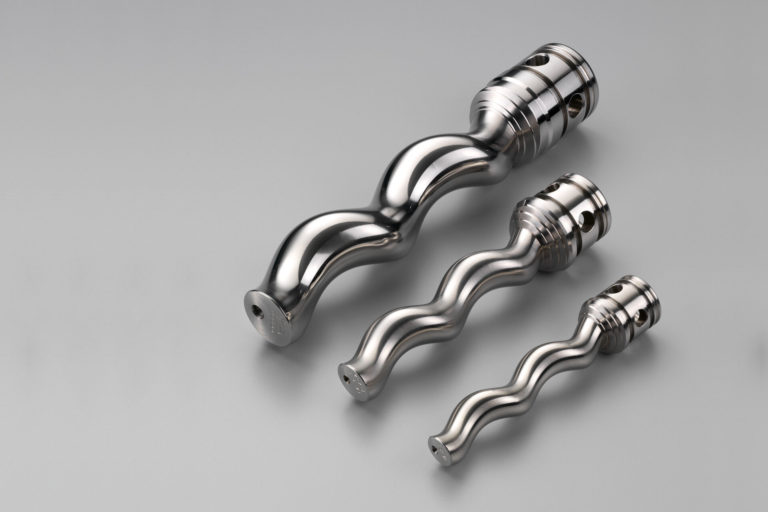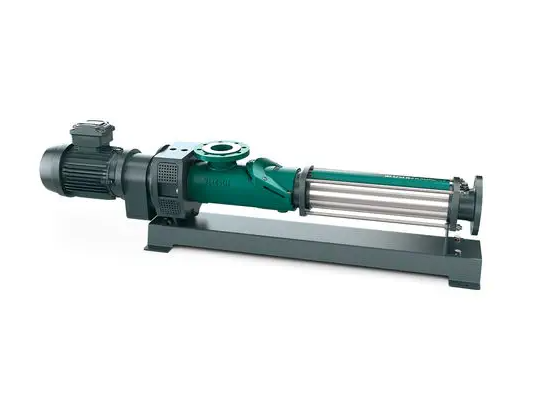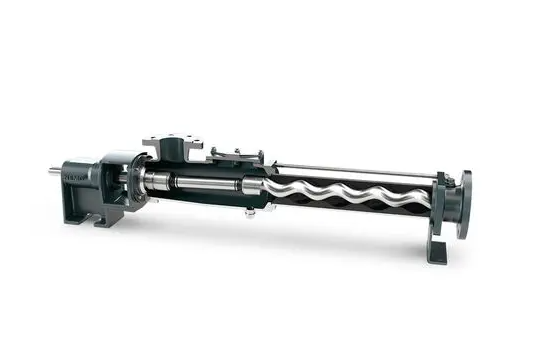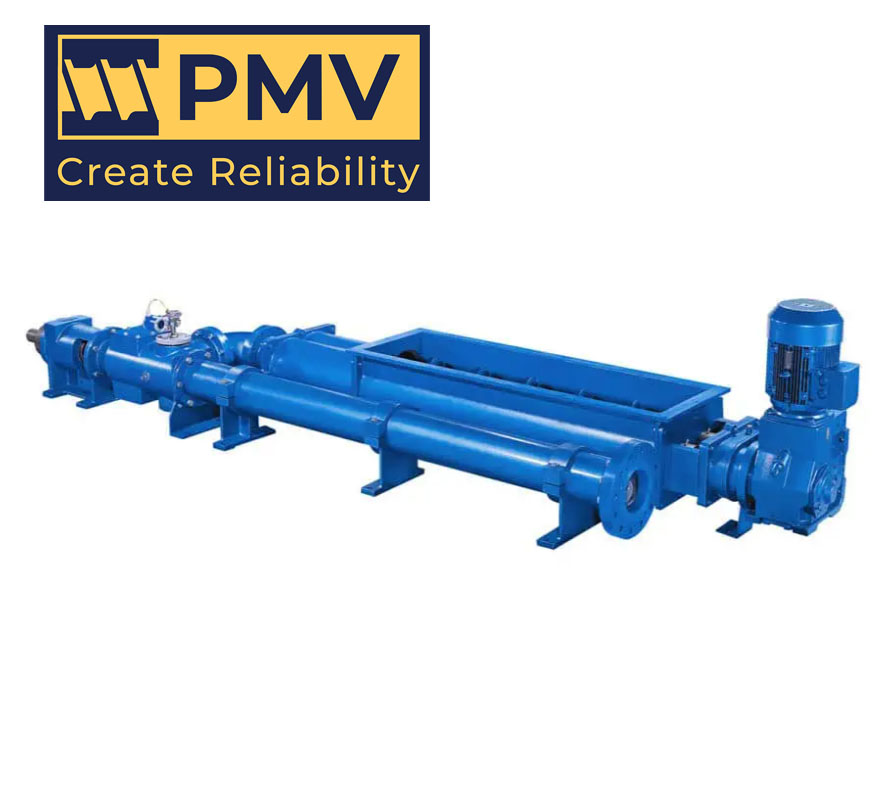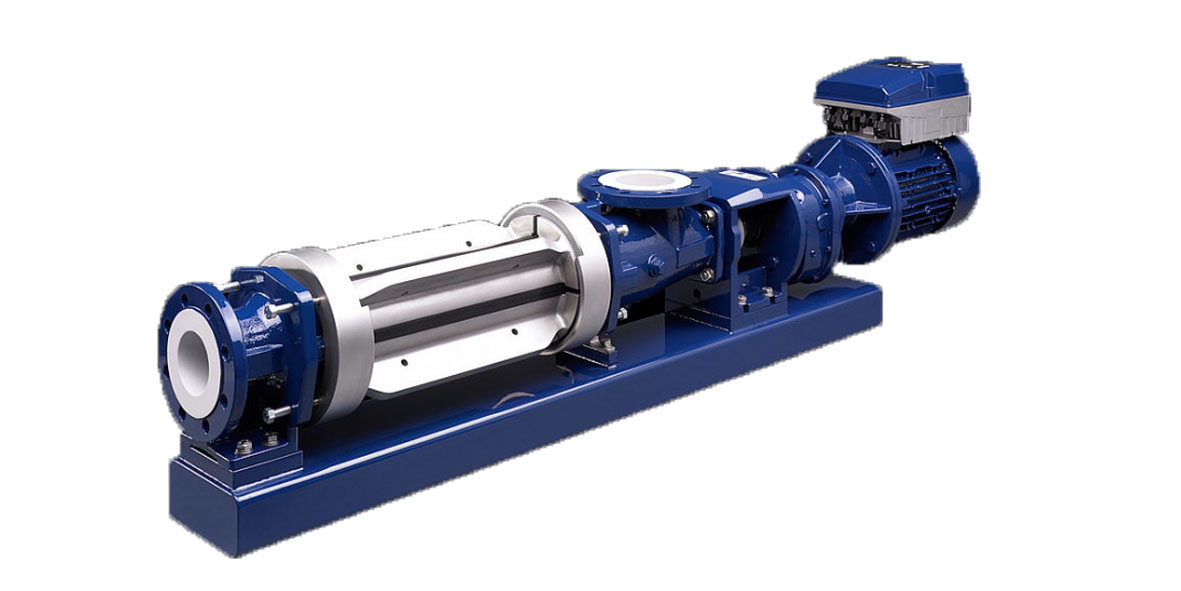stator pump
A stator pump is a type of positive displacement pump that utilizes a rotating rotor within a stationary stator to move fluids. This design allows for efficient handling of various fluids, including viscous materials, slurries, and shear-sensitive products.
1. Key Components of a Stator Pump
-
- Stator:
-
- The stationary part of the pump that maintains the shape and volume of the pumping chamber.
-
- Rotor:
-
- The rotating component that drives the fluid through the pump by creating a vacuum and displacing the fluid.
-
- Suction and Discharge Ports:
-
- Openings that allow fluid to enter and exit the pump.

2. How a Stator Pump Works
-
- The rotor rotates within the stator, creating a series of cavities.
-
- As the rotor turns, it traps the fluid in these cavities and moves it from the suction side to the discharge side.
-
- The design allows for a smooth, continuous flow of fluid with minimal pulsation.
3. Applications of Stator Pumps
-
- Food and Beverage Industry:
-
- Used for transferring sauces, pastes, and other viscous products.
-
- Wastewater Treatment:
-
- Effective for pumping slurries and other thick mixtures.
-
- Pharmaceutical Industry:
-
- Ideal for handling sensitive products that require gentle pumping.
-
- Chemical Processing:
-
- Suitable for transferring corrosive or viscous chemicals.

4. Advantages of Stator Pumps
-
- Gentle Handling:
-
- The design minimizes shear forces, making it suitable for sensitive materials.
-
- Versatility:
-
- Capable of handling a wide range of viscosities and types of fluids.
-
- Self-Priming:
-
- Many stator pumps can self-prime, making them efficient for various applications.
-
- Consistent Flow:
-
- Provides a steady and continuous flow rate, reducing pulsation.

5. Considerations When Using Stator Pumps
-
- Material Compatibility:
-
- Ensure that the materials used in the pump construction are compatible with the fluid being handled.
-
- Maintenance:
-
- Regular maintenance is necessary to ensure optimal performance and longevity.
-
- Viscosity:
-
- Consider the viscosity of the fluid, as it can impact the performance and efficiency of the pump.

